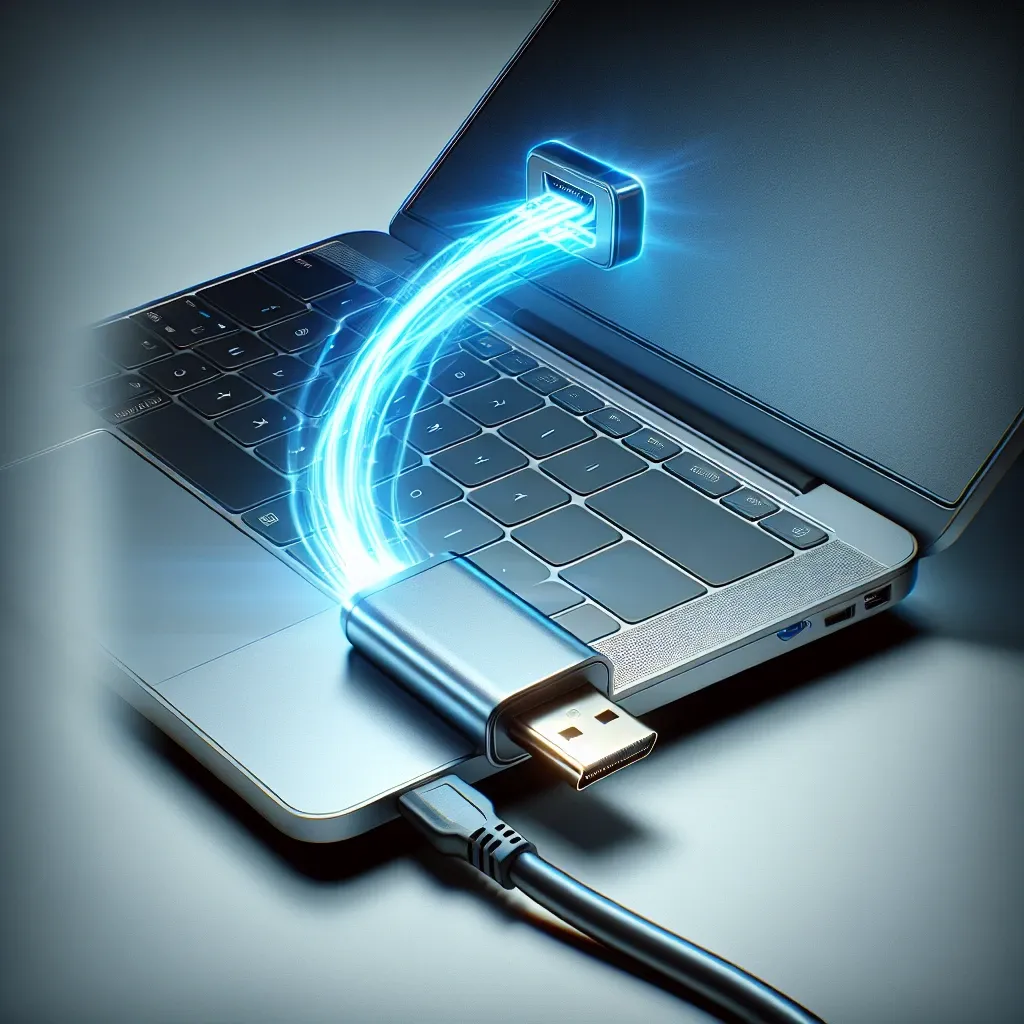In today’s tech-driven world, having multiple ways to power your devices is essential. We’ve all faced moments where our laptop’s battery is low and a compatible charger is nowhere to be found. Surprisingly, an HDMI cable, typically used for transferring audio and video signals, can also serve as an emergency power solution. Let’s delve into the process of charging your laptop with an HDMI connection, the required equipment, and how it compares to other charging methods.
Why Use HDMI to Charge Your Laptop?
HDMI (High-Definition Multimedia Interface) is a widely-used interface that transmits uncompressed video and audio data from devices. While its primary function is media transfer, it also carries a small amount of power.
- Convenience: If you have an HDMI cable and a suitable TV or monitor, you can leverage these common household items to charge your laptop.
- Emergency Solution: HDMI charging is useful in scenarios where the original laptop charger is unavailable.
Required Equipment
To charge your laptop via HDMI, you need a few specific items:
- An HDMI male-to-male cable
- An HDMI to USB-C adapter
- A TV or any other HDMI-output device
Step-by-Step Guide to Charge Your Laptop With HDMI
Step 1: Gather Your Equipment
Make sure you have an HDMI cable, an HDMI to USB-C adapter, and a working TV or monitor with an HDMI output port.
Step 2: Connect the HDMI Cable to the TV
Plug one end of the HDMI cable into the HDMI output port of your TV or monitor.
Step 3: Attach the HDMI to USB-C Adapter
Connect the other end of the HDMI cable to the HDMI to USB-C adapter.
Step 4: Connect the Adapter to Your Laptop
Insert the USB-C end of the adapter into your laptop’s USB-C port.
Step 5: Power On the TV
Ensure that your TV or monitor is turned on, as it will provide the necessary power through the HDMI port.
Comparing Charging Methods
Charging your laptop via HDMI is an emergency solution and not as efficient as standard methods.
| Charging Method | Efficiency | Availability |
|---|---|---|
| Standard Charger | High | Common |
| HDMI Charging | Low | Emergency |
| USB Charging | Moderate | Common |
Limitations of HDMI Charging
- Low Power: HDMI ports do not supply significant power, making this method slow and inefficient.
- Device Compatibility: Not all laptops support USB-C charging, and not all adapters are reliable.
- Potential Damage: Using non-standard methods can risk damaging your laptop’s battery or power circuit.
Safety Precautions
When using HDMI to charge your laptop, consider these safety measures:
- Inspect Equipment: Ensure all cables and adapters are in good condition to prevent short circuits.
- Monitor Temperature: Check your laptop for overheating during the process.
- Use in Emergencies: Limit this method to emergency situations to avoid long-term damage.
Conclusion
While charging your laptop with HDMI is not the most effective solution, it can be a lifesaver in emergency situations. By following the steps outlined above and considering the limitations and safety precautions, you can use your existing equipment resourcefully. However, prioritizing a standard charger or a compatible power bank remains a more reliable and efficient approach.

